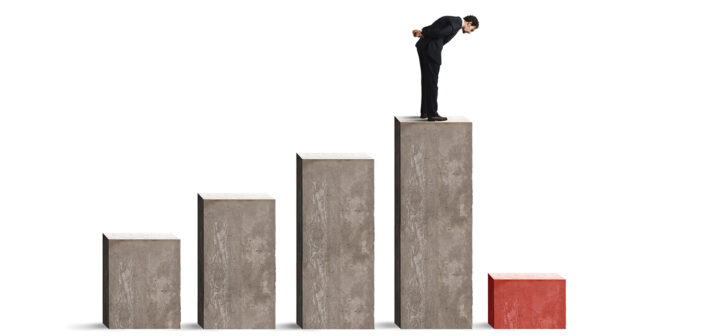If the 2021 economy could be summarized in one word, I would say it is “disappointing.” Vaccine development and deployment has far exceeded expectations since the pandemic began; anyone who wants a vaccine can get one! The economic recovery in the face of this, however, is far below expectations.
Gross domestic product (GDP), which is the value of all final goods and services produced in the economy, remains $327 billion below potential. This means that the economy is producing $327 billion fewer goods and services than it could if all productive resources were utilized. This is especially disappointing, in that given the slow recovery following the Great Recession, GDP had only returned to potential in 2018, before falling significantly below it during the shutdown.
A big reason why GDP lags below potential is that many of the jobs lost during the shutdown have not yet returned. Prior to COVID, there were 152.5 million jobs in the economy. In November 2021, there were only 148.6 million. Thus, total employment is 3.9 million jobs lower than what it was in February 2020. Fewer people working means fewer goods and services produced.
The reason for this is that there are 11 million job openings in the economy not being filled, a record high number. In a normal economy, there are roughly seven million job openings due to things like resignations, firings and new jobs being created. Thus, there are four million more job openings than what would normally be expected. If these surplus job openings were filled, employment would return to its pre-COVID level, labor market shortages would be resolved and GDP would return to potential. The reason these job openings are not being filled is that many workers who exited the labor force during the shutdown have not yet returned. Labor force participation, which is the percentage of the population working or looking for work, has only regained half of its losses experienced during the shutdown. This is not the situation in Canada, where both total employment and labor force participation have returned to pre-COVID levels.
At 6.8% in November, inflation is at a 40-year high and is four times higher than pre-COVID levels. Various excuses have been made for the rising inflation, namely it was due to “base effects” (e.g. prices quickly rising after falling during the shutdown) or that it is “transitory.” Now, both the Federal Reserve and Secretary of the Treasury have admitted that the inflation is not transitory and thus, is permanent. This should not have been a surprise to anyone, given that inflation comes from new money being created and then spent. This is what has happened over the past 22 months, with the money supply being doubled to fund three rounds of COVID relief plus other spending. If this goes on, inflation will continue.
With a safe and effective vaccine being widely available, life should be returning to normal. The fact that this is not happening does not bode well for the future.








